BoE kept Bank Rate at 0.75% and asset purchase target at GBP 435B as widely expected. Both decisions were made by unanimous 9-0 vote. The central bank noted that economic data has been mixed since last meeting, but February Inflation Report projections “appear on track”.
BoE also noted that shifting expectations about the potential nature and timing Brexit have continued to generate volatility in UK asset prices, particularly the sterling exchange rate. Uncertainties also continue to weigh on confidence and short-term economic activity, notably business investment. Employment growth has been strong and indicators of consumer spending point to ongoing modest growth.
Again, BoE noted that the outlook depend significantly on Brexit. And, the policy response to Brexit “will not be automatic and could be in either direction.
Full statement below.
Bank Rate maintained at 0.75%
Our Monetary Policy Committee has voted unanimously to maintain Bank Rate at 0.75%. The committee also voted unanimously to maintain the stock of corporate bond purchases and UK government bond purchases.
The Bank of England’s Monetary Policy Committee (MPC) sets monetary policy to meet the 2% inflation target, and in a way that helps to sustain growth and employment. At its meeting ending on 20 March 2019, the MPC voted unanimously to maintain Bank Rate at 0.75%.
The Committee voted unanimously to maintain the stock of sterling non-financial investment-grade corporate bond purchases, financed by the issuance of central bank reserves, at £10 billion. The Committee also voted unanimously to maintain the stock of UK government bond purchases, financed by the issuance of central bank reserves, at £435 billion.
Since the Committee’s previous meeting, the news in economic data has been mixed, but the MPC’s February Inflation Report projections appear on track. In those projections, a weaker near-term outlook was expected to lead to a small margin of slack opening up this year. Thereafter, demand growth exceeded the subdued pace of supply growth and excess demand built over the second half of the forecast period.
The broad-based softening in global GDP and trade growth has continued. Global financial conditions have eased, in part supported by announcements of more accommodative policies in some major economies.
Shifting expectations about the potential nature and timing of the United Kingdom’s withdrawal from the European Union have continued to generate volatility in UK asset prices, particularly the sterling exchange rate. Brexit uncertainties also continue to weigh on confidence and short-term economic activity, notably business investment. Employment growth has been strong, although survey indicators suggest that the outlook has softened. Most indicators of consumer spending are consistent with ongoing modest growth. As the Committee has previously noted, short-term economic data may provide less of a signal than usual about the medium-term growth outlook.
CPI inflation rose slightly to 1.9% in February and is expected to remain close to the 2% target over coming months. The labour market remains tight and annual pay growth, having risen through 2018, has remained around 3½%. Given continuing weakness in productivity growth, growth in unit wage costs has also risen, although other indicators of domestically generated inflation have remained modest.
The Committee’s February Inflation Report projections were conditioned on a smooth adjustment to the average of a range of possible outcomes for the United Kingdom’s eventual trading relationship with the European Union. The Committee continues to judge that, were the economy to develop broadly in line with those projections, an ongoing tightening of monetary policy over the forecast period, at a gradual pace and to a limited extent, would be appropriate to return inflation sustainably to the 2% target at a conventional horizon.
The economic outlook will continue to depend significantly on the nature and timing of EU withdrawal, in particular: the new trading arrangements between the European Union and the United Kingdom; whether the transition to them is abrupt or smooth; and how households, businesses and financial markets respond. The appropriate path of monetary policy will depend on the balance of these effects on demand, supply and the exchange rate. The monetary policy response to Brexit, whatever form it takes, will not be automatic and could be in either direction. The MPC judges at this month’s meeting that the current stance of monetary policy is appropriate. The Committee will always act to achieve the 2% inflation target.




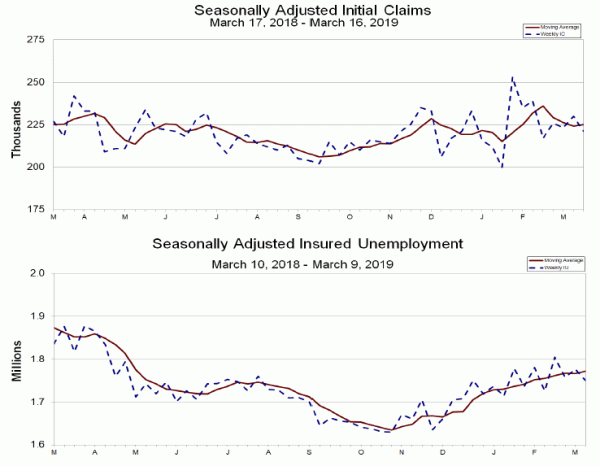
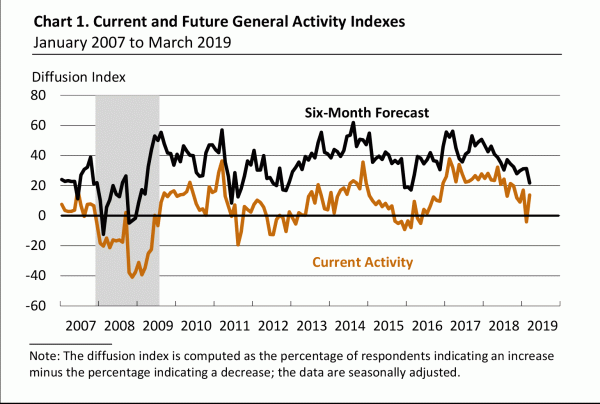
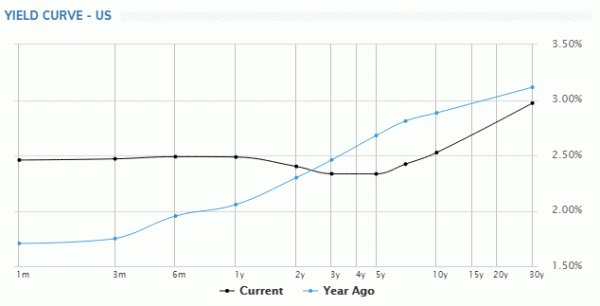
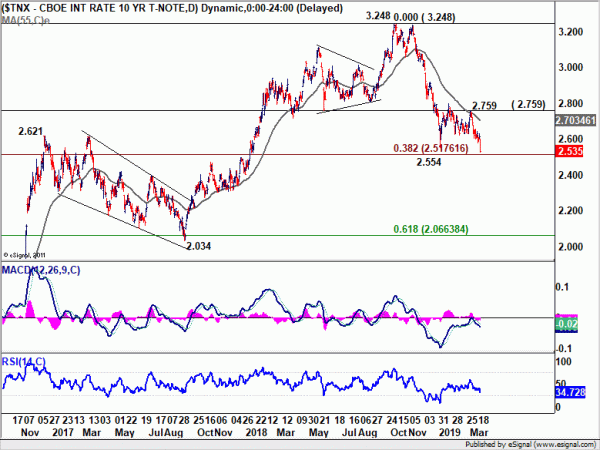
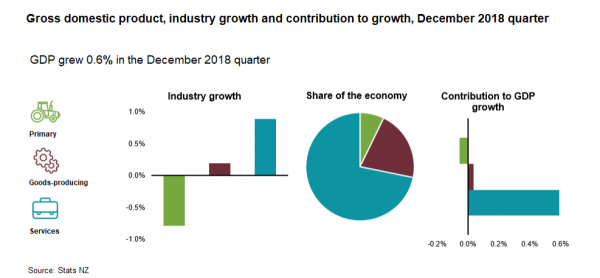
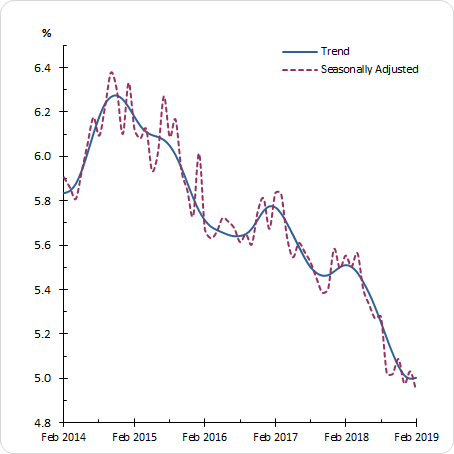

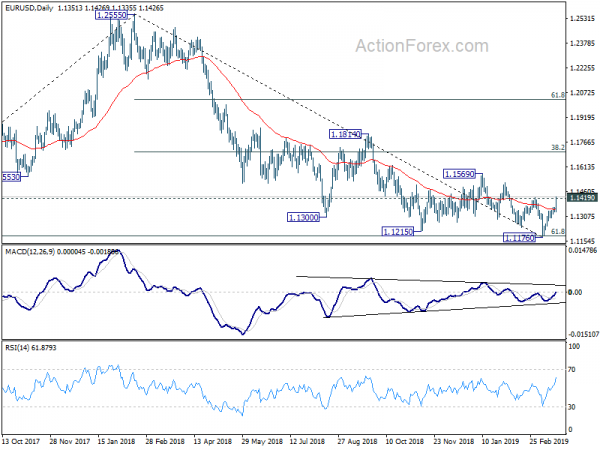
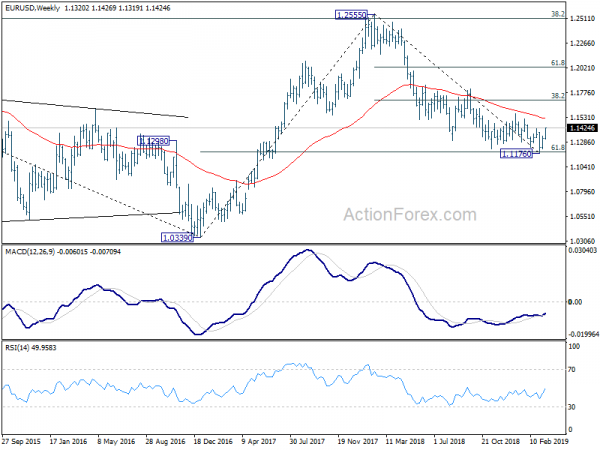
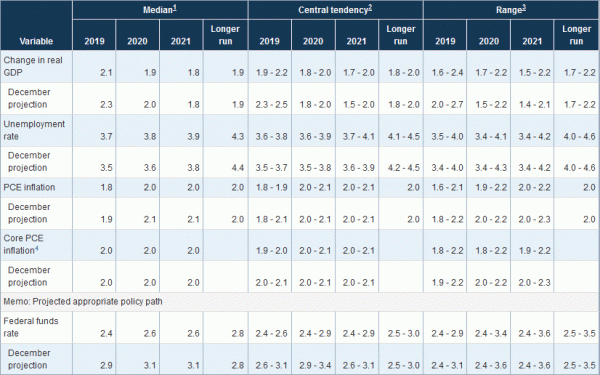
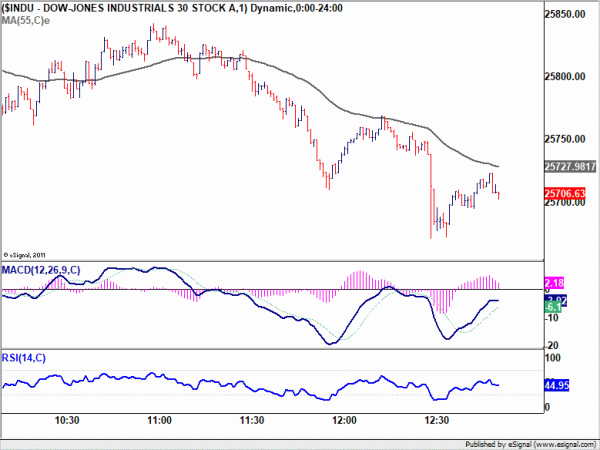

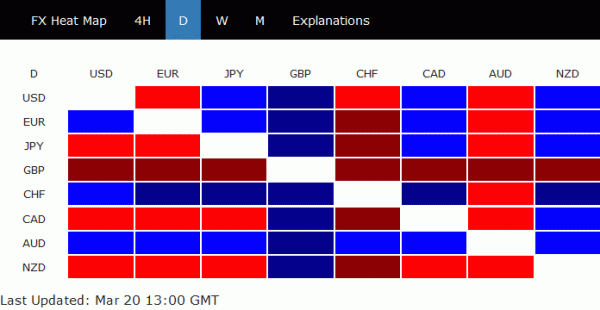

UK May in Brussels, emphasized Brexit is decision of the people
Arriving at the EU summit in Brussels, UK Prime Minister Theresa May repeated that Brexit delay is a “matter of personal regret”. However, “a short extension would give parliament the time to make a final choice that delivers on the result of the referendum.” Also, she emphasized again: “What matters is that we recognise that Brexit is the decision of the British people. We need to deliver on that. We are nearly three years on from the original vote. It is now the time for parliament to decide.”
Earlier today, German Chancellor Angela Merkel echoed the unified message from EU official regarding Article 50 extensions. She said: “There was a request from Theresa May] to delay the exit date to June 30. The leaders of the EU27 will intensively discuss this request. In principle, we can meet this request if we have a positive vote in the British parliament next week about the exit document.